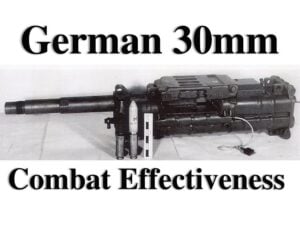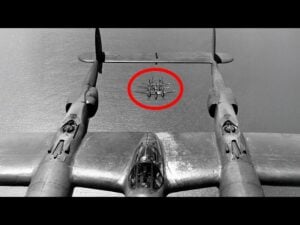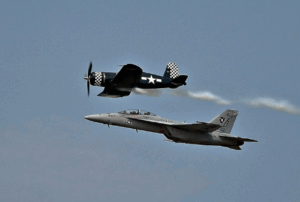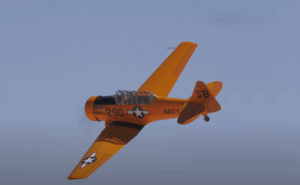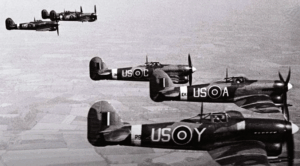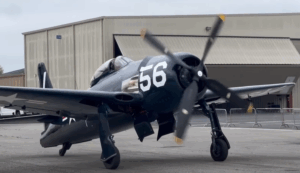Watch an Exclusive 1943 WWII Footage Featuring Guadalcanal, Air Cadets, Clark Gable, and More

The Homefront Chronicles / YouTube
Army Nurses and Guadalcanal POWs
In early 1943, a ship carrying United States Army nurses arrived in Port Moresby, New Guinea. These women, prepared for the tropical climate, came to support field hospitals near the front. More serious medical cases were transported back to Australia. They were joined by Australian nurses, known locally as “sisters,” who provided care alongside them.
Meanwhile, across the Coral Sea, a U.S. motor torpedo boat brought in captured Japanese aviators taken near Guadalcanal. During five months of heavy fighting in that area, Japan had already lost over 800 aircraft. These prisoners were treated humanely, as Allied forces followed international standards even in such a brutal conflict.

Currency Seized and Frontline Inspections
In the Solomon Islands, U.S. Marines discovered a trunk containing nearly 100,000 yen during a failed Japanese landing attempt. This amount could have paid a full division of enemy troops. While inspecting Guadalcanal’s coastal defenses, American officers arrived just as their artillery began firing. The powerful blasts from 105mm and 155mm howitzers were used to clear remaining enemy strongholds on the island.
Training Future Officers at Yale
Back home, American universities opened their doors to military training programs. At Yale University, 3,000 officer cadets trained for service in the Army Air Forces. Regular classes gave way to military instruction. Former lecture halls now echoed with marching feet. Classrooms were used for war-related subjects, and the dining hall served as a mess area.
Women also took part, following the same physical training standards. They practiced strength-building exercises, including snow-covered obstacle courses. Recreational sports were discouraged during wartime. Instead, their focus was to prepare for duties supporting the war effort.

Navy Dirigibles and Gunnery Schools
In California, Navy students learned how to fly dirigibles using hydrogen-filled balloons. These practice flights helped them understand air movement and navigation. Though free-floating balloons had no direct military value, they taught critical skills. Dirigibles were now being used successfully to patrol for enemy submarines along the coast.
Elsewhere, sharpshooters trained at aerial gunnery schools. From model bombers, they aimed at small moving targets launched into the air. One standout student was movie star Clark Gable. He had joined as a private, worked his way up, and earned his silver wings. He was now a first lieutenant in the Army Air Forces.

Paratroopers in North Africa
In Algeria, U.S. paratroopers rested after making the longest airborne assault of the war. Soon after, they joined British troops familiar with North Africa and boarded large American planes. Escorted by fast P-38 fighters, they flew toward Tunisia.
As they neared the coastline, the signal was given to jump. They captured a key airfield at Sfax just minutes before German aircraft arrived for the same target. The mission helped Allied air forces continue their offensive to push enemy forces out of Africa.
Keep going for the video below:














